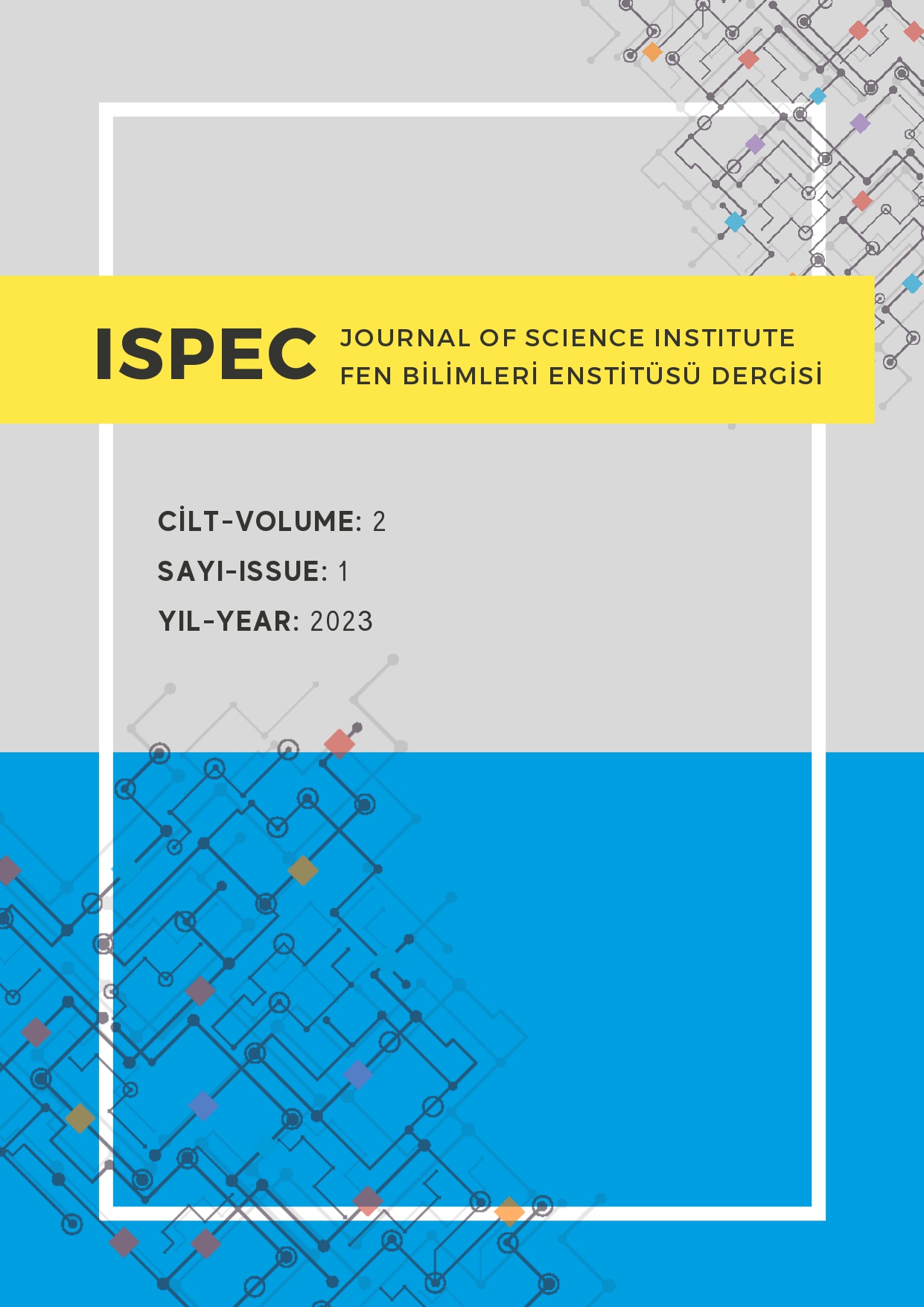Wheat (Triticum L.)
DOI:
https://doi.org/10.5281/zenodo.10442684Keywords:
Triticum L., planting and production, certified seedAbstract
Wheat is an important food for humans due to the nutrients it contains and its wide adaptability. Wheat; It is the raw material of products that have an important place in our lives, such as flour, bread, bulgur, pasta, biscuits and pastry products. It is one of the most used plants in terms of cultivation and production in the world. Wheat, one of the most important plants in Turkey, is said to represent abundance and abundance. The aim of this study is to provide general information about wheat production, to identify and find solutions to the problems that may be experienced in production. In addition, it is aimed to prevent possible threats by investigating the opportunities that can be exploited. In order to prevent the problems experienced in wheat production, it is necessary to increase the laws that will prevent the lands from being scattered and fragmented. The use of certified seeds should be encouraged and support policies should be increased.
References
Anonim, 2023a. Ondokuz Mayıs Üniversitesi. ’Buğdayın Kökeni ve Yetiştiriciliği’. (avys.omu.edu.tr), (Erişim tarihi: 21.10.2023).
Anonim, 2023b. Türkiye Kalkınma Vakfı.’2021 Buğday Raporu’. (http://www.tkv-dft.org.tr/medya/media/191_1656073551.pdf), (Erişim tarihi:23.10.2023).
Anonim, 2023c. Tarım Orman Bakanlığı. (https://www.tarimorman.gov.tr/), (Erişim tarihi: 23.10.2023).
Anonim, 2023d. Tarım ve Orman Bakanlığı. ‘Buğday Durum Tahmin Raporu 2021’. (http://www.tkv-dft.org.tr/medya/media/191_1656073551.pdf), (Erişim tarihi: 23.10.2023).
Anonim, 2023e. Tarım ve Orman bakanlığı. ’Buğday Tarımı’. (https://arastirma.tarimorman.gov.tr/ttae/Sayfalar/Detay.aspx?SayfaId=69), (Erişim tarihi: 23.10.2023).
Anonim, 2023f. Tarım ve Orman Bakanlığı.‘Buğday Durum Tahmin Raporu 2021/2022’ (https://arastirma.tarimorman.gov.tr/tepge/Belgeler/PDF%20Durum-Tahmin%20Raporlar%C4%B1/2022%20Durum-Tahmin%20Raporlar%C4%B1/Bu%C4%9Fday%20Durum%20Tahmin%20Raporu%202022-362%20TEPGE.pdf.), (Erişim tarihi: 23.10.2023).
Anonim, 2023g. Tarım ve Orman Bakanlığı.’Türkiye Hububat Alt Sektör Analizi’. (https://arastirma.tarimorman.gov.tr/tepge/Belgeler/Yay%C4%B1n%20Ar%C5%9Fivi/2006-2011%20Yay%C4%B1n%20Ar%C5%9Fivi/Yay%C4%B1nNo164.pdf), (Erişim tarihi:23.10.2023).
Bekir, A., 2017. Gıdamız buğdayın, geçmişten geleceğe yolculuğu. Yalvaç Akademi Dergisi, 2(1): 1-12.
Ken, E., Semerci, A., 2023. Türkiye’de Buğday Üretimi ve Destekleme Politikaları. International Congresses of Turkish Science and Technology Publishing, 54-63.
Özberk, İ., Özberk, F., 2009. Serin iklim Tahılları (Buğday ve Arpa) Ders Notları. Harran Üniversitesi Ziraat Fakültesi Şanlıurfa, Yayın No: 2010-1.
Özdemir, D., 2021. Halk inanışlarının mitolojik kökenleri: Konya (Kadınhanı) örneği. Toplum Ekonomi ve Yönetim Dergisi, 2(1): 18-33.
Yıldız, S., 2023. Tarımla ilgili inanışlar ve günümüze yansımaları (Arpa, Buğday, Bulgur). Bayterek Uluslararası Akademik Araştırmalar Dergisi, 6(1): 97-122.
Yılmaz, A.M., Tomar, O., 2022. Türkiye’de buğdayın kendi kendine yeterlilik ve ithalata bağımlılık açısından değerlendirilmesi. Avrupa Bilim ve Teknoloji Dergisi, (41): 449-456.
Downloads
Published
How to Cite
Issue
Section
License
Copyright (c) 2023 ISPEC JOURNAL OF SCIENCE INSTITUTE

This work is licensed under a Creative Commons Attribution 4.0 International License.



